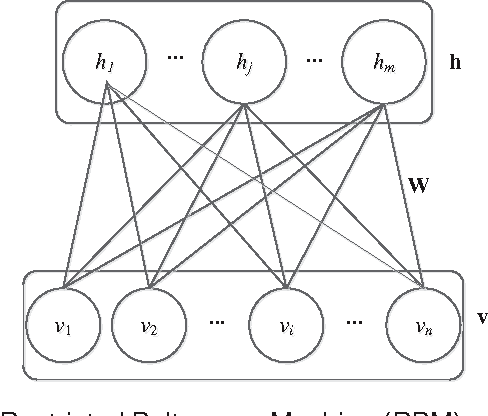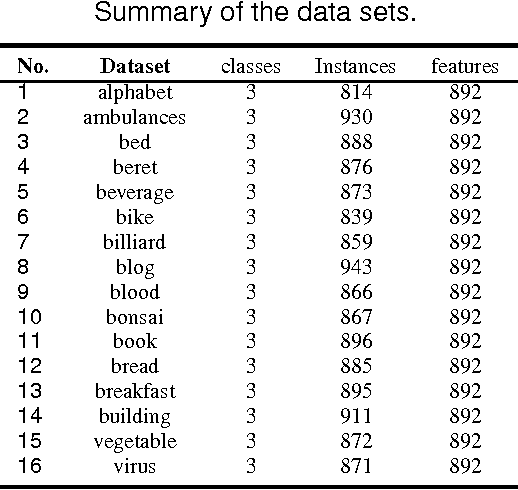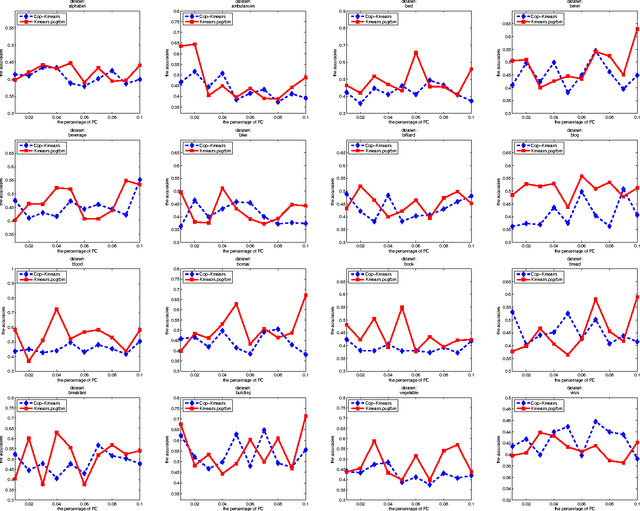Restricted Boltzmann Machines with Gaussian Visible Units Guided by Pairwise Constraints
Paper and Code
Jan 13, 2017



Restricted Boltzmann machines (RBMs) and their variants are usually trained by contrastive divergence (CD) learning, but the training procedure is an unsupervised learning approach, without any guidances of the background knowledge. To enhance the expression ability of traditional RBMs, in this paper, we propose pairwise constraints restricted Boltzmann machine with Gaussian visible units (pcGRBM) model, in which the learning procedure is guided by pairwise constraints and the process of encoding is conducted under these guidances. The pairwise constraints are encoded in hidden layer features of pcGRBM. Then, some pairwise hidden features of pcGRBM flock together and another part of them are separated by the guidances. In order to deal with real-valued data, the binary visible units are replaced by linear units with Gausian noise in the pcGRBM model. In the learning process of pcGRBM, the pairwise constraints are iterated transitions between visible and hidden units during CD learning procedure. Then, the proposed model is inferred by approximative gradient descent method and the corresponding learning algorithm is designed in this paper. In order to compare the availability of pcGRBM and traditional RBMs with Gaussian visible units, the features of the pcGRBM and RBMs hidden layer are used as input 'data' for K-means, spectral clustering (SP) and affinity propagation (AP) algorithms, respectively. A thorough experimental evaluation is performed with sixteen image datasets of Microsoft Research Asia Multimedia (MSRA-MM). The experimental results show that the clustering performance of K-means, SP and AP algorithms based on pcGRBM model are significantly better than traditional RBMs. In addition, the pcGRBM model for clustering task shows better performance than some semi-supervised clustering algorithms.
 Add to Chrome
Add to Chrome Add to Firefox
Add to Firefox Add to Edge
Add to Edge